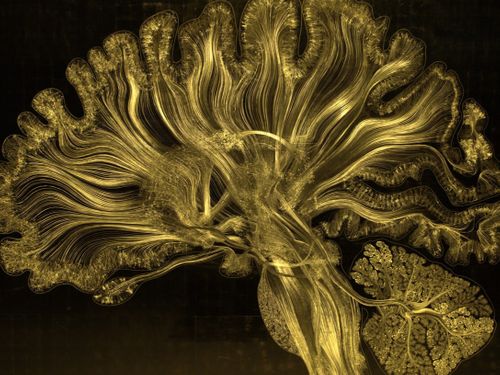A short history of Neuroscience
Feb 21, 2022 · 2 mins read
0
Share
1700 B.C: The Edwin Smith Papyrus, is the earliest known medical text human history. The papyrus discusses the brain, the meninges, the spinal cord and cerebrospinal fluid. It contains details of 48 medical cases, including seven that deal directly with the brain.
Save
Share
1000 A.D: The great Islamic surgeon Abu al-Qasim al-Zahrawi describes several treatments for neurological disorders in his 35-volume encyclopedia of medical practices, the Kitab al-Tasrif.
Save
Share
1543: The first true medical textbook to deal with neuroscience, “On the Workings of the Human Body,” is published by Andreas Vesalius.
Save
Share
1649: The French philosopher René Descartes comes up with the influential idea that while the brain may control the body, the mind is something intangible, distinct from the brain, where the soul and thought resides.
Save
Share
1791: Italian physiologist Luigi Galvani proposes that nerves operate through electricity.
Save
Share
1837: J. E. Purkinje is the first man to describe a neuron, which is a brain cell
Save
Share
1929: Hans Berger invents the EEG (electroencephalography), a device that measures electrical activity in the human brain
Save
Share
1950: Karl Spencer Lashley determines that memory relies on several sites in the brain working together.
Save
Share
1974: The first Positron Emission Tomography (PET) scanner is invented, providing visual information about brain activity
Save
Share
1992: Functional magnetic resonance imaging (fMRI) is first used to map activity in the human brain. Neuroscience booms.
Save
Share
0
